Jump to:
Keeping your plants healthy is a vital step in growing a fruitful harvest. Greenhouses are an excellent (and very popular) choice when it comes to getting your plants the right nutrients.
A greenhouse without the correct ventilation system will cause your plants to grow slower and overall make the process more difficult. Greenhouse ventilation is a crucial step for the upkeep of your plants.
Greenhouse Ventilation
Greenhouses are enclosed indoor structures so ventilation can be sparse. Installing a ventilation system is a great way to ensure that your plants are supplied with the proper temperature, moisture level and airflow.
Keep reading below to find out more about the right greenhouse ventilation and how this can achieve a productive greenhouse all year round.

1. Temperature Control
Plants are generally sensitive when it comes to temperature. Hot temperatures can cause your plants to wilt, whilst cold temperatures can result in your plants stopping growing. Colder temperatures can also cause your plants to stop producing and even freeze.
Having the right ventilation in your greenhouse can help to avoid these temperature concerns. Allowing hot air out and cooler air in, maintaining an even temperature throughout.

2. Humidity Control
High concentrations of humidity can be accumulated within your greenhouse. Meaning moulds, fungi and mildew are more likely to occur in damp conditions.
If the moisture is trapped inside, this can be detrimental to the plant’s health, growth and development. Trapped moisture can also cause problems with the condensation and saturation of your plants.
With the right ventilation, the damp environment can become dryer and cooler, keeping the humidity at the perfect levels!

3. Oxygen (CO2) Replacement
The higher the concentration of carbon dioxide, the more productive the plants will be in terms of their basic building blocks for growth. One of the necessary products in this process is oxygen.
A poorly ventilated area lacks oxygen. Plants utilise CO2 which is something that every greenhouse can provide.
If a greenhouse structure is not properly ventilated, the air becomes saturated with oxygen. This then hinders the plants from acquiring the carbon dioxide they need to grow.
Oxygen is essential for the roots to continually grow. Maintaining the right level of fresh air through ventilation guarantees sufficient CO2 levels. Helping your plants to grow!

4. Air Circulation
Air movement within a greenhouse serves several different purposes. The correct movement of air in your greenhouse can create uniformity in temperature, humidity, CO2 and Oxygen.
Plants respond better to environmental consistency. Proper ventilation ensures each plant in your greenhouse receives enough of the right atmospheric conditions, whilst also encouraging pollination.
Several vegetable and ornamental plants are pollinated by the wind. These are plants such as:
- Wheat
- Rice
- Barley
- Corn
- Oats
The movement of air within your greenhouse also determines whether your plants are pollinated and able to complete their reproduction cycle. Without the right ventilation, pollination can be hindered.

5. Pest-Free
Your greenhouse is more likely to be infested with pests when you don’t have good ventilation. Many insects prefer hot and humid conditions. Proper ventilation, will prevent pests. Stopping them from breeding and allowing them to enter and leave your greenhouse.
This will overall provide your greenhouse with better protection for your plants, keeping them alive and pest free!

Passive Ventilation System vs Powered Ventilation System (PVS)
There are two types of ventilation systems available. Both ensure your greenhouse is well ventilated and keeps your plants healthy and growing!
Passive Ventilation System
A passive ventilation system has no mechanical components. This means that there are no powered fans involved.
Instead, the greenhouse ventilation will occur through a connection. This is where the heat becomes less dense and rises through the ridge vents.
Powered Ventilation System
The powered ventilation system uses fans and intake vents. They’d generally be set up with thermostatic control, turning on the fan when the set-point temperature has been reached.
TIP: Both of these systems work just as well, ensuring that your greenhouse is properly ventilated is a key step in growing some incredible plants!

Types Of Greenhouses
Choosing the right greenhouse for you is a vital step in stepping into the world of gardening. There are endless possibilities when it comes to choosing your perfect greenhouse!
Wooden Greenhouses
The insulation properties in timber are incredible. Wooden greenhouses are great, they provide natural insulation helping to absorb the sun rays during the day. This then helps to keep the heat in during the night.
Metal Greenhouses
A metal greenhouse is guaranteed to last for a long period of time. All the while being maintenance-free. This is due to the aluminium material it features.
Polycarbonate Greenhouses
Polycarbonate is a cheaper option for a greenhouse. Polycarbonate is the most durable of all the greenhouse plastics available. It has a high standard of heat retention. This makes the chances of your polycarbonate greenhouse having a high average temperature more likely. There are so many great benefits to polycarbonate.
Now you’re all clued up on greenhouses, you just have to find the right one for you. If you’re yet to choose, take a look at the greenhouses we have to offer.
Shop GreenhousesFAQ
What kind of ventilation does a greenhouse need?
You can use either a passive ventilation system or a powered ventilation system. Both help to ensure your greenhouse is properly ventilated.
What is the ideal temperature for a greenhouse?
Around 25 degrees is ideal although ventilation is always needed.
How do you keep a greenhouse warm at night?
Try adding in a water butt with plenty of water in. Not only can you use the water, the saved water will help to retain heat and warm up your greenhouse at night.
Can you get frost in a greenhouse?
Yes, plants can freeze in a greenhouse. Heating them whilst also ventilating is essential.


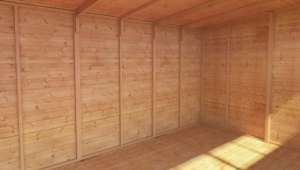


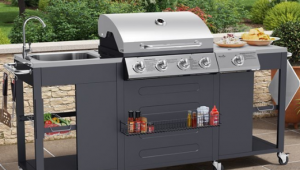
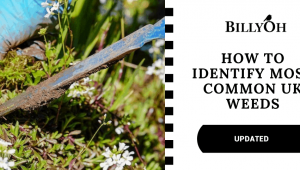

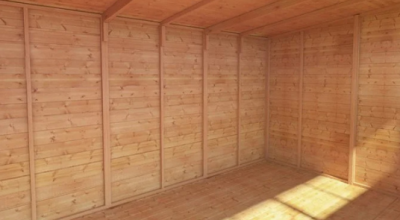
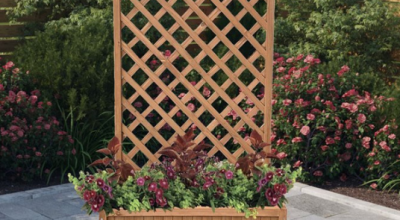
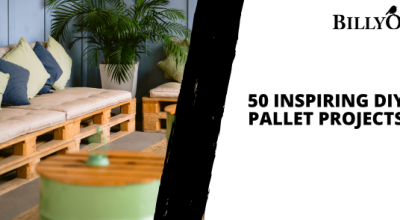
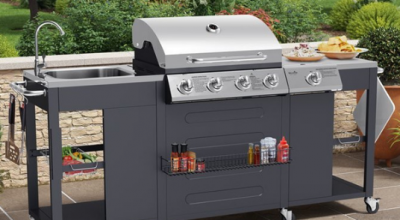
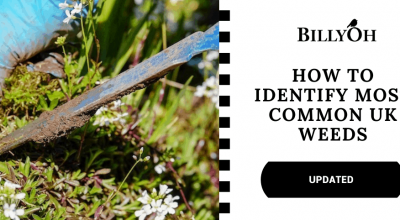
What do you think ?